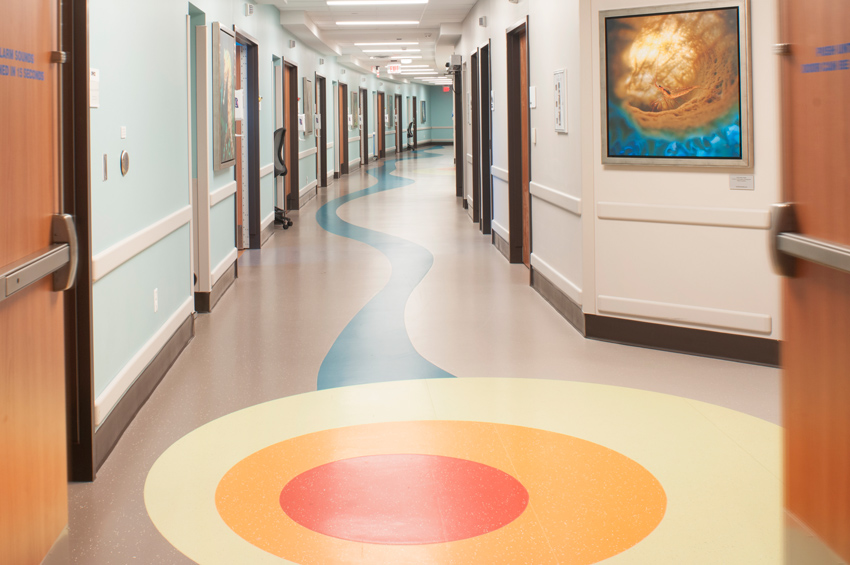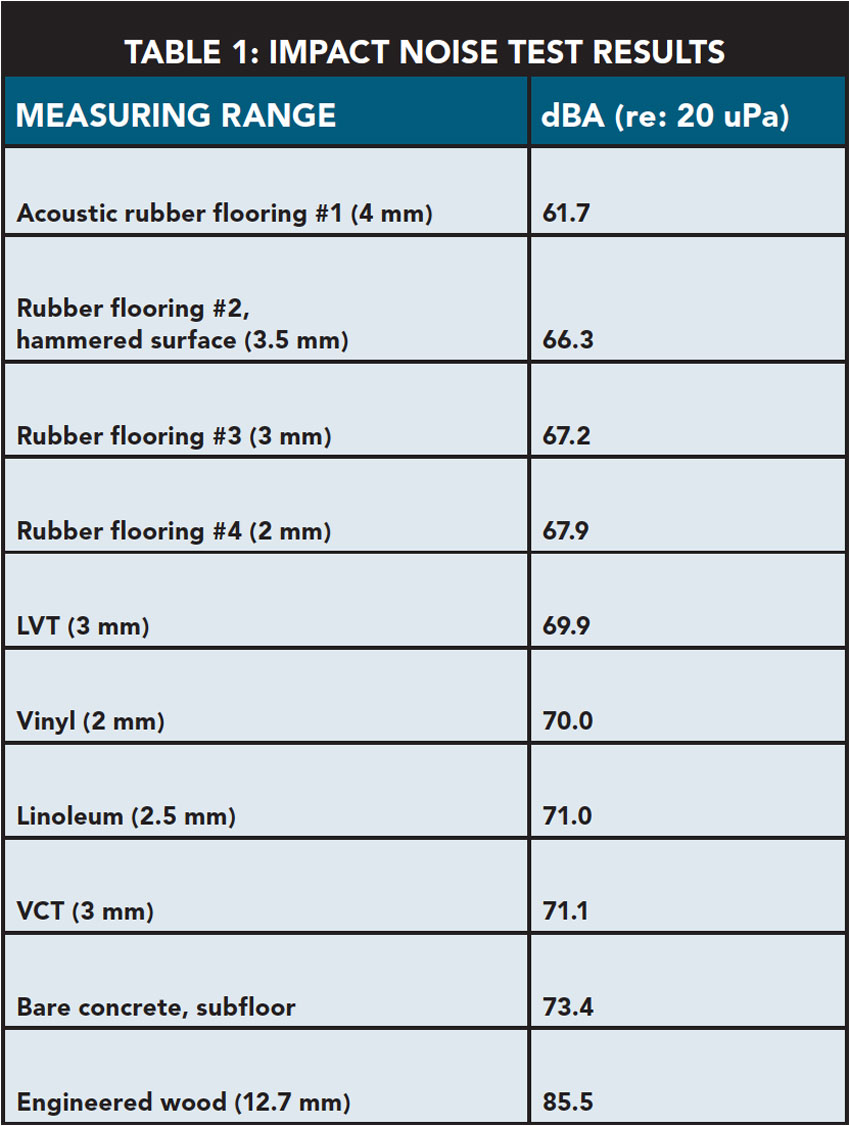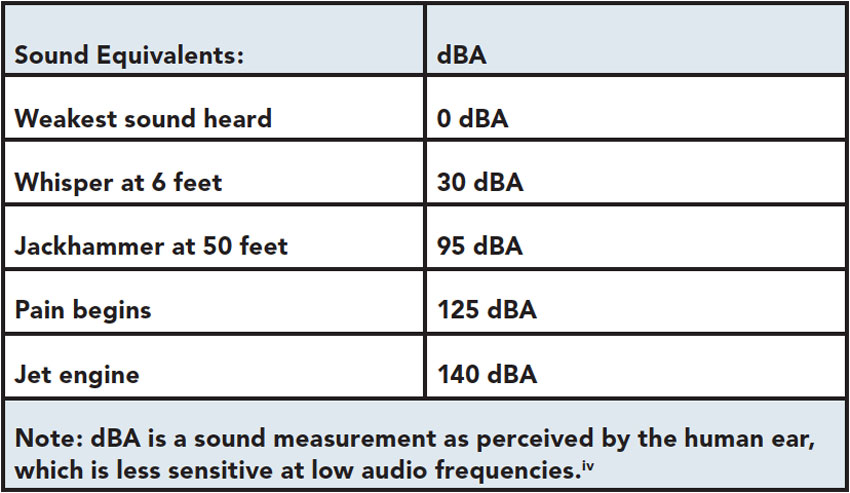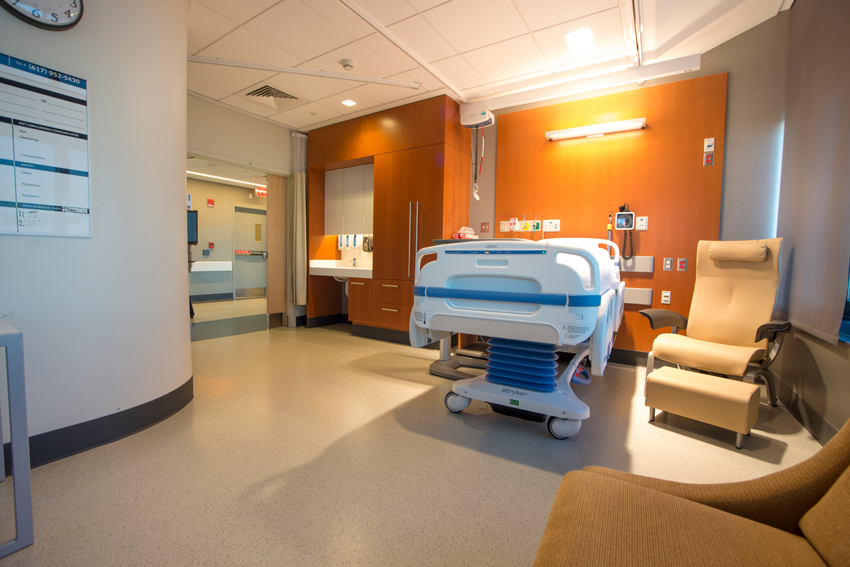Creating Safer Spaces in Healthcare
Working Through the Noise
A patient being rolled through a corridor, equipment alarms, caregiver conversations, or environmental services doing routine floor maintenance are all significant contributing factors to sound levels in the healing environment.

Photo courtesy of nora systems, Inc.
Children’s of Alabama, Birmingham, Alabama
“The flooring helps with the noise, as it absorbs sound better, which gives the patients the quiet they need,” says Denise Dexter, facilities design director at Children’s of Alabama.
Noise levels in hospitals have long been a source of complaints. Evidence-based research studies have shown noise also has a direct, measurable negative impact on healing. For example, noise is an error-provoking condition that causes sleep disruption that affects wound healing, and increases the need for medication and the length of the stay.
Noise also has been associated with undue stressors, having negative impacts on caregivers, and can be an error-provoking condition. It is strongly related to stress and annoyance among nurses, increased fatigue, emotional exhaustion and burnout, and difficulty in communication possibly leading to medication errors.
Contributing to the overall Patient Experience of Care domain score, where flooring can be attributed to the score, HCAHPS survey question #9 asks, “During this hospital stay, how often was the area around your room quiet at night?” This question consistently receives the lowest patient scores.
The FGI Guidelines recognize that the built-environment has a profound effect on health, productivity, and the natural environment, and requires a minimum standard that healthcare facilities be designed within a framework that recognizes the primary mission of healthcare.
The 2014 FGI Planning and Design Criteria for Acoustic Design:
1. Site Exterior Noise
2. Acoustic Surfaces
3. Room Noise Levels
4. Interior Wall and Floor/Ceiling Construction
5. Speech Privacy
6. Building Vibrationiii
Clearly, noise is affected by more than the floor. Interior finish selections have a direct correlation to patient well-being, satisfaction, HCAHPS scores, and caregiver retention. Acoustics are related to the noise reduction coefficient (NRC), sound transmission class rating (STC), and ceiling attenuation class (CAC) of ceiling tiles in partnership with the flooring attributes and wall surface finish. There is currently no evidence that links any flooring to a significant reduction of airborne sounds like speech within the same room when measured by STC.
ASTM E2179: Standard Test Method for Laboratory Measurement of the Effectiveness of Floor Coverings in Reducing Impact Sound Transmission through Concrete Floors is the standard test method used by resilient flooring manufacturers to market their floorings acoustic performance. The values are calculated in accordance with ASTM E989: Standard Classification for Determination of Impact Insulation Class (IIC). However, these results are only relevant if noise is a concern from either the room above or below, a situation which rarely exists in healthcare settings, as the entire ceiling and subfloor assembly on its own will typically reduce the sound transmission sufficiently.
The test method requires measurement of the entire ceiling and subfloor assembly, and the different testing facilities will vary considerably. That is why they must test both with and without the flooring installed so the facilities ceiling and subfloor assembly can be calculated out and the resulting value is for the flooring only. That value is stated as a Δ (delta) IIC value, without the entire ceiling and subfloor assembly. Higher values represent better sound absorbency level so at first glance flooring with a Δ IIC value of 14 does not compare well with an IIC value of 34. However, if the flooring assembly has an IIC of 28 then the true Δ IIC value of that flooring would only be 6. To make informed decisions, verify the values are stated in Δ IIC for comparative analysis.
Many product manufacturers represent their information in the European Union (E.U.) utilizing the ISO 140 test method, which is very similar to ASTM E2179. The calculated improvement in impact sound insulation value of the flooring is reported as a Δ Lw = value dB. This is simply a different measuring system like comparing metric and U.S. customary units. Similar to the IIC, the results for comparative analysis must be Δ Lw dB.
As the foundation of the built-environment, flooring plays a primary role in noise generation. Everything from chair casters, cleaning equipment (steam cleaning of rubber floors is much quieter), and hospital alarms to rolling equipment and walking with hard-soled shoes are all significant contributing factors to sound levels.
Another independent study has shown that rubber produced the least impact noise when installed directly on a concrete subfloor. The following information provides the results of comparative noise generation testing performed on seven different floor coverings. In this study, a repeatable test method was conducted on each of the floor coverings installed on a concrete subfloor and in the center of the same hemi-anechoic chamber (sound-absorbing room). A loud tapping machine was placed in four standard positions at the center of the room in accordance with ASTM E492: Standard Test Method for Laboratory Measure of Impact Sound Transmission Through Floor-Ceiling Assemblies. Using the same tapping machine, measurements were taken one meter away from the tapping machine at a height of 5 feet, to simulate an operator’s ear position.
In the test results shown in Table 1, the lower the value, the quieter the facility. The results indicate that, when tested under identical conditions, there is a significant difference amongst the most widely available commercial floor coverings.

Image courtesy of nora systems, Inc.
Lower values mean less noise in the environment as represented by the loud tapping machine.

Image courtesy of nora systems, Inc.
The World Health Organization (WHO) guideline values for continuous background noise in hospital patient rooms at 35 dBA during the day and 30 dBA at night, with night time peaks to not exceed 40 dBA. The sound of 30 dBA corresponds to a whisper at a distance of 6 feet.v

Photo courtesy of nora systems, Inc.
Spaulding Rehabilitation Hospital, Partners Healthcare, Boston, Massachusetts
“It was important to find a floor that ensures the safety and comfort of patients using canes, wheelchairs, and crutches,” says Betsy Pillsbury, disability resources coordinator. “The floors in this building are very smooth and not slippery,” says Pillsbury. “One of the differences we noted from patient satisfaction surveys is that the noise level here is much enhanced,” adds Paula Hereau, vice president of operations.









